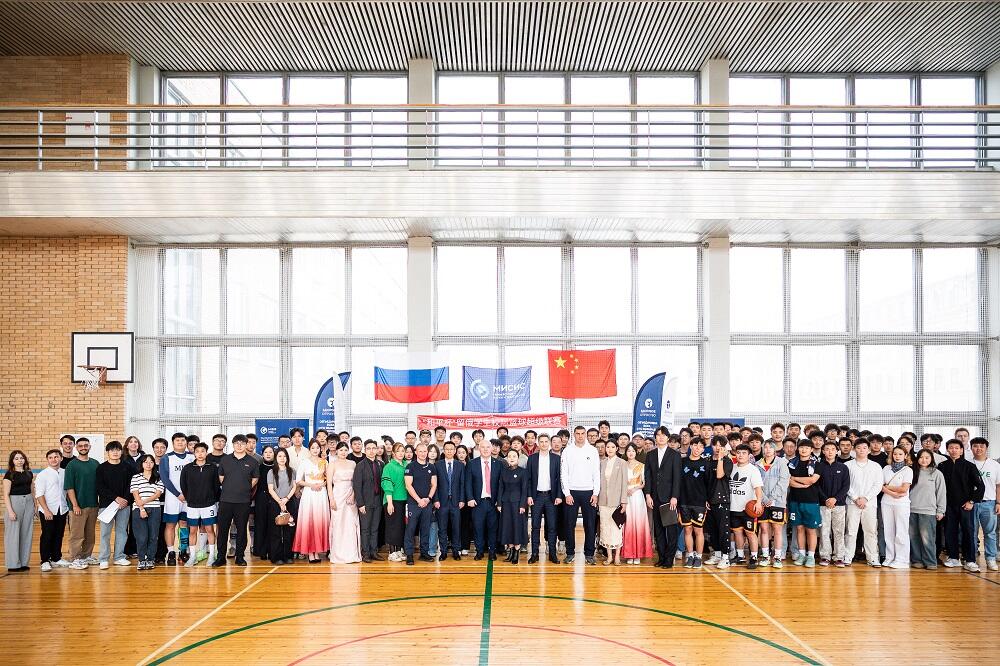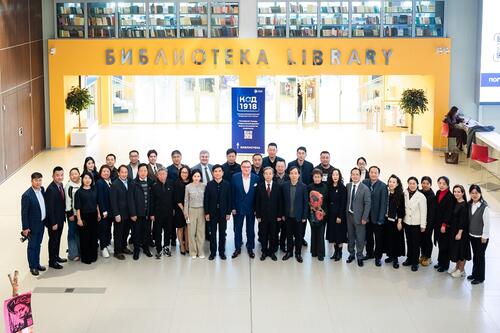The Center for Infrastructure Collaboration & Partnership MegaScience was created at NUST MISIS. Professor Andrei Golutvin from the Department of High Energy Physics at the Imperial College in London, and a key participant of the monumental SHiP experiment at CERN (Geneva, Switzerland), will lead the center.

Since 2014, NUST MISIS has been developing cooperation with international research infrastructures of the MegaScience level. The NUST MISIS Center for Infrastructure Collaboration & Partnership MegaScience as well as the National Contact Point for Research Infrastructure of the EU Horizon 2020 program, which acts on site at NUST MISIS, are the project’s keys.
The NUST MISIS MegaScience Center`s key function is the coordination of the University`s international cooperation in the field of large-scale projects of the MegaScience format. Professor Andrei Golutvin, spokesman of the ambitious SHiP experiment at CERN, will lead the new subdivision.
“Participation in projects with the use of MegaScience class operations is a recognition of the fact that NUST MISIS is becoming a more prominent member of the international academic community. In 2015, our University joined the SHiP project as an expert in superconducting magnets and different types of alloys & steels, which are required to create the SHiP installation. NUST MISIS is also involved in the design and implementation of the project`s engineering part. A large amount of calculations and experiments should be carried out on [our end], so that’s why the creation of a new research center and the invitation to Professor Golutvin were a logical continuation of NUST MISIS`s and CERN`s collaboration”, said Alevtina Chernikova, Rector of NUST MISIS.
In addition to participation in the SHiP experiment, NUST MISIS is hoping to within the year become a full participant of LHCb, another research project of the European Organization for Nuclear Research (CERN). In this experiment, specialists from Russia face interesting challenges connected with the development of radiation-resistant alloys based on heavy elements (tungsten in particular). Today, more than 1,000 physicists and engineers from around the world are working on the LHCb project.
“Huge installations operate at the Large Hadron Collider, the creation and operation of which require great efforts from a large number of qualified engineers. Employees of CERN and universities from around the world collaborate with industrial partners to conduct joint research and create elements for these installations. The detection equipment (SHiP detector) and a special channel for the beam extraction of a very high intensity from the SPS accelerator will be created for the achievement of CERN`s global scientific purposes. NUST MISIS engineers and researchers will work on the development of the large magnet —one of the installation’s key elements”, said Professor Andrei Golutvin.

